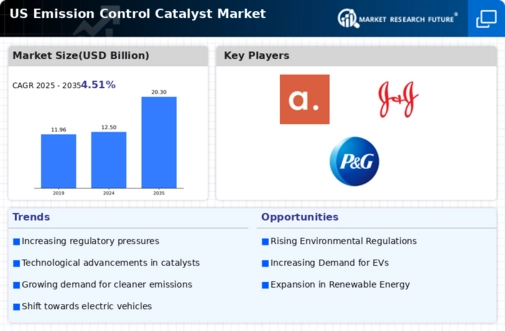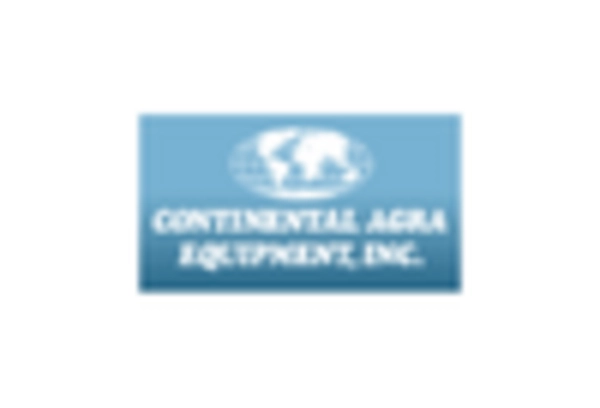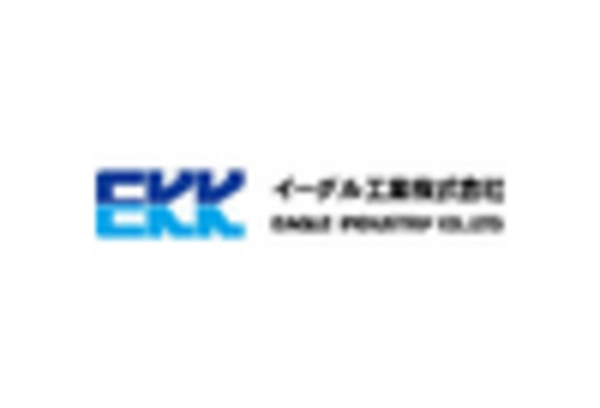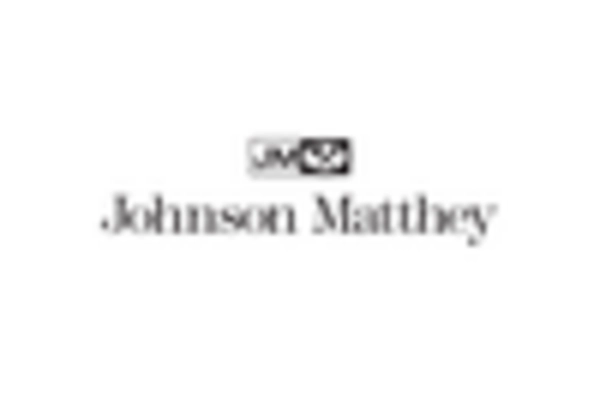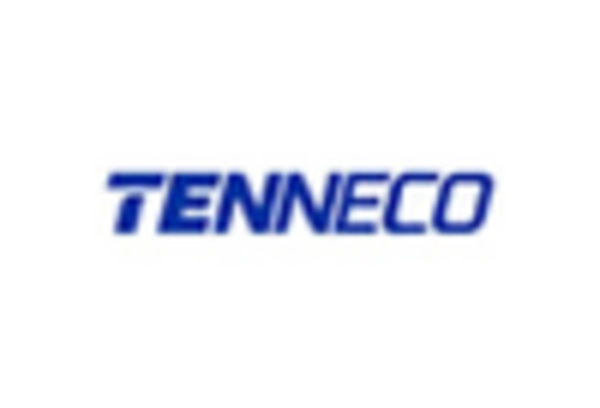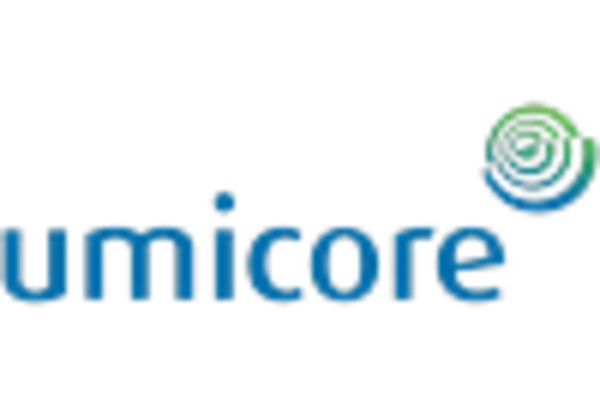The emission control-catalyst market is currently characterized by a dynamic competitive landscape, driven by stringent regulatory frameworks and an increasing emphasis on environmental sustainability. Key players such as BASF SE (Germany), Johnson Matthey PLC (United Kingdom), and Tenneco Inc. (US) are actively shaping the market through innovative product offerings and strategic partnerships. BASF SE (Germany) focuses on enhancing its catalyst technologies to meet evolving emission standards, while Johnson Matthey PLC (United Kingdom) emphasizes sustainable solutions, particularly in the automotive sector. Tenneco Inc. (US) is leveraging its extensive manufacturing capabilities to optimize supply chains and enhance product availability, collectively influencing the competitive environment towards a more innovation-driven approach.The market structure appears moderately fragmented, with several players competing for market share through localized manufacturing and supply chain optimization. This fragmentation allows for a diverse range of products and solutions, catering to various industry needs. The collective influence of these key players fosters a competitive atmosphere where innovation and operational efficiency are paramount, as companies strive to differentiate themselves in a crowded marketplace.
In October BASF SE (Germany) announced a strategic partnership with a leading automotive manufacturer to develop next-generation catalysts aimed at reducing NOx emissions. This collaboration is significant as it not only enhances BASF's product portfolio but also aligns with global sustainability goals, potentially positioning the company as a leader in advanced emission control technologies. The partnership underscores the importance of collaboration in driving innovation within the sector.
In September Johnson Matthey PLC (United Kingdom) unveiled a new line of catalysts designed specifically for electric vehicles (EVs). This strategic move reflects the growing trend towards electrification in the automotive industry and positions Johnson Matthey to capture emerging market opportunities. By focusing on EV-specific solutions, the company demonstrates its commitment to sustainability and innovation, which may enhance its competitive edge in the evolving market landscape.
In August Tenneco Inc. (US) expanded its manufacturing capabilities by investing in a new facility dedicated to the production of advanced emission control systems. This investment is likely to improve Tenneco's operational efficiency and responsiveness to market demands, thereby strengthening its position in the market. The expansion not only signifies Tenneco's commitment to meeting regulatory requirements but also highlights the importance of scalability in maintaining competitive advantage.
As of November current trends in the emission control-catalyst market indicate a strong focus on digitalization, sustainability, and the integration of artificial intelligence (AI) in product development. Strategic alliances are increasingly shaping the competitive landscape, enabling companies to pool resources and expertise to drive innovation. Looking ahead, competitive differentiation is expected to evolve from traditional price-based competition towards a greater emphasis on technological advancements, supply chain reliability, and sustainable practices. This shift suggests that companies that prioritize innovation and adaptability will likely emerge as leaders in the market.


